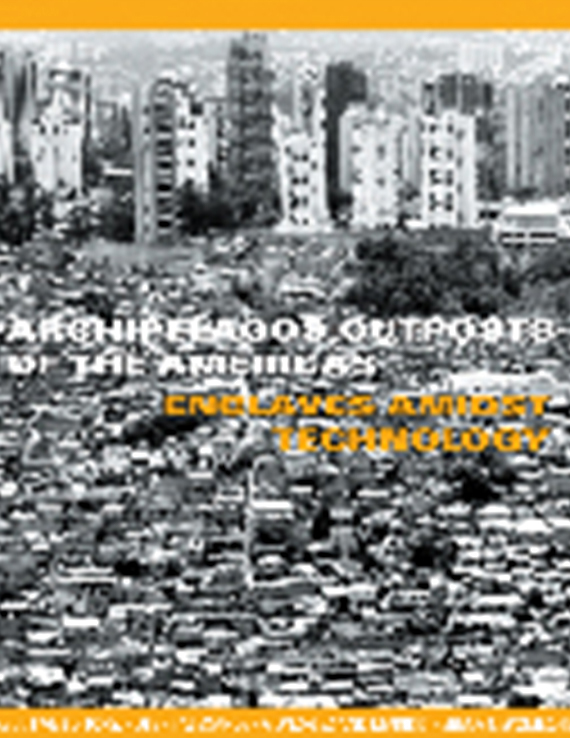Author(s): Linda C. Samuels & Pamela Unwin-Barkley
From the earliest coming together of all the disparate technologies involved, photography was initially viewed as a process that occurred outside the hand of man. This ‘writing with light’ was perceived as ‘nature painted by herself’, nearly a spiritual act helped along by man’s relentless experiments with optics and chemistry and his insatiable desire to replicate the world around him in precise form. The earliest photographs – particularly the daguerreotypes in their secretive velvet boxes – were not considered representations as much as they were considered additional versions of reality. The possession of the soul in the image, the precise likeness of every wrinkle and every fold, was a snatching from the world itself – a power over nature, the start of an ownership psychosis. But ultimately this hands-off reputation laid the groundwork for photography’s first uphill battle – its rights to a lifetime in the world of art rather than that of technology. Not until 1940 – over 100 years past its founding – did the Museum of Modern Art become the first museum in the world to establish a Department of Photography, hence claiming a spot in the representation lineage with painting and sculpture. Yet, unlike painting and sculpture, the photographic artist works directly with the reality palette, re-presenting through a subtractive rather than additive set of variables. At the core are the three basics – the aperture, the light-tight box, and the light-sensitive surface – pointed at the whole of the world, carving out a single set of relationships (with a single set of light particles) in time and space unlike all the trillions that came before and those that will come after. It is a process of juxtaposition and position, cropping, framing, zooming – above all looking. It is a mastery of vision through the USE OF technology (high or low tech) that controls and captures the relationships between depth and speed through a ratio of light and non-light. In collage, however, photography found an ally. Both wholly modern in their vision of a complex and layered world, they joined forces early on in Constructivism and Dadaism and in places like the Bauhaus and later the Chicago Institute of Design to represent an era infinitely juggling both chaos and progress. Collage, too, is literally made from reality, though nearly in the opposite way as photography – one turning the world into scraps, the other turning scraps into the world. Where photography is a flattening, collage is a thickening. The revolutionary quality of a collage, the inclusion of prefabricated elements into works of art, raised the question about the very nature of reality in what was then a rapidly advancing world. “Collage may be seen as a quintessential twentieth-century art form with multiple layers and signposts pointing to a variety of forms and realities, and to the possibility or suggestion of countless new realities” Katherine Hoffman Collage: Critical Views (Ann Arbor, MI: UMI Research Press, 1989),1. The same could be said, ultimately, of the new photographic art form. In both, various levels of meaning coexist on a single pictorial plane, fusing a highly differentiated collection of details into a unified perception of infinite new realities. At the turn of the digital millennium, both photography and collage are themselves being re-presented. The sensory enticements of the cold, dark room amongst familiar chemical smells is transformed from silver crystals to dots per inch; the scissors, paper, and paste that gave collage its name are supplemented by digital tools with similar though intangible on-screen functions. These re-presentations, though they may ultimately appear similar to their visual forefathers, have new sets of variables, and new agendas about their representation of this current era. We propose that a successful twenty-first century representation is somewhere in the midst of the old and the new, a process based in both the additive and the subtractive, both the digital and the analogue, both the modern and whatever we might ultimately call TODAY.
Volume Editors
Marilys R. Nepomechie & Robert Gonzalez
ISBN
0-935502-54-8

 Study Architecture
Study Architecture  ProPEL
ProPEL 
